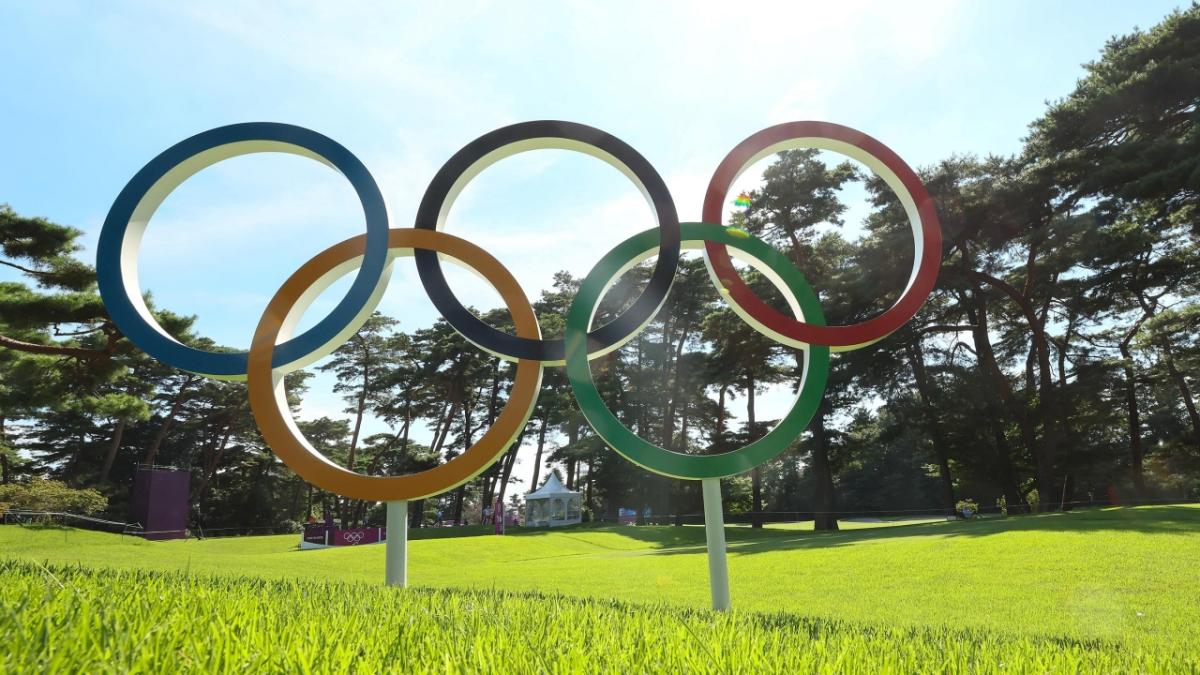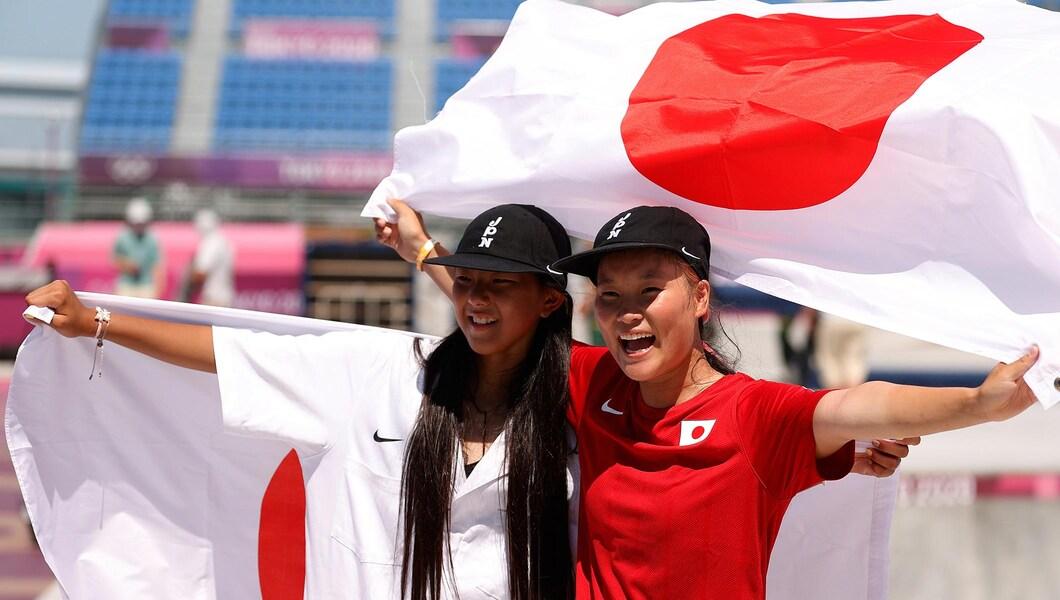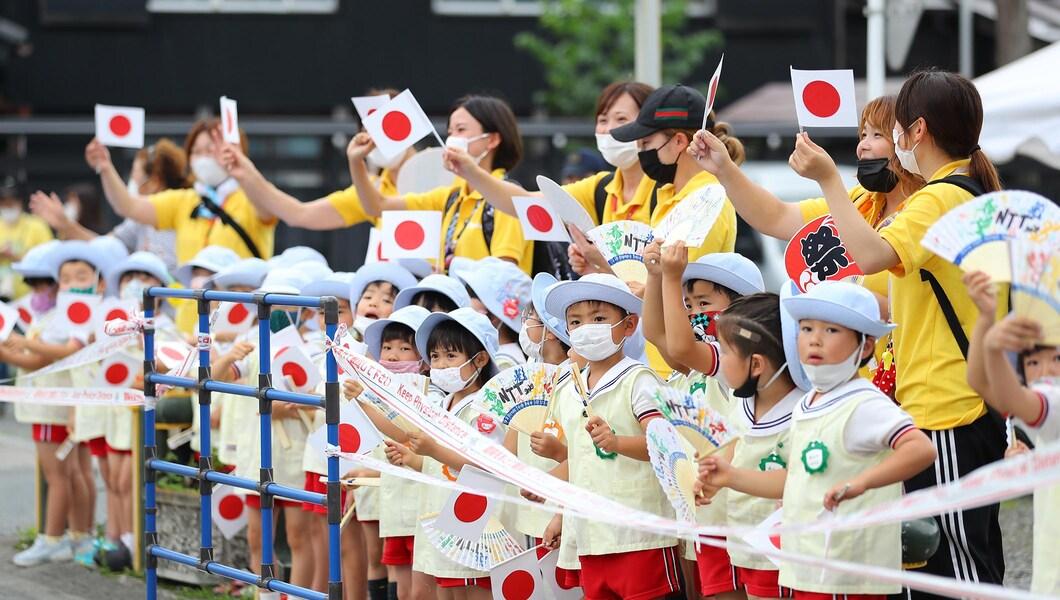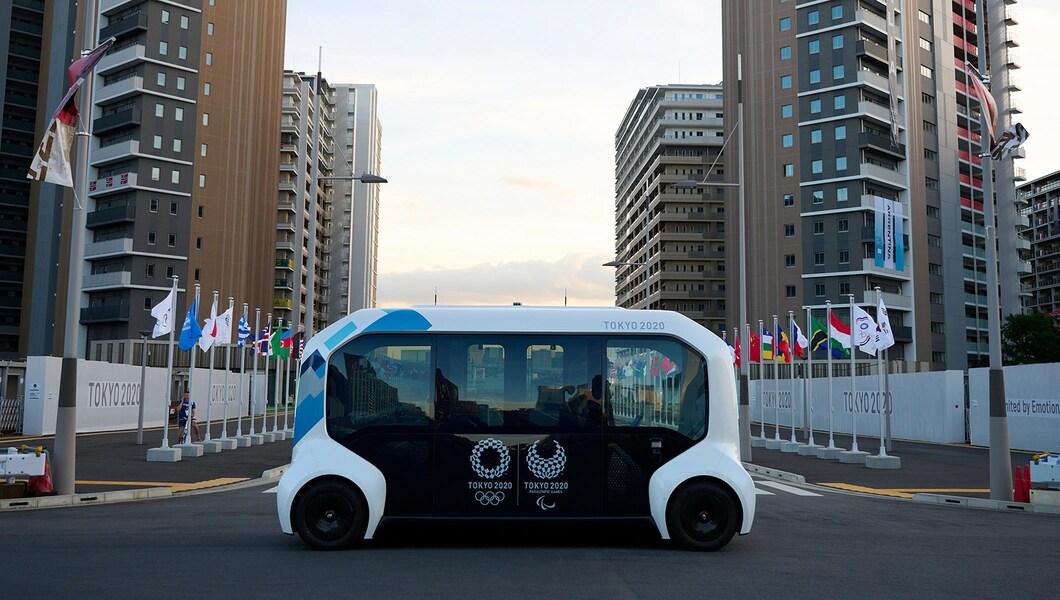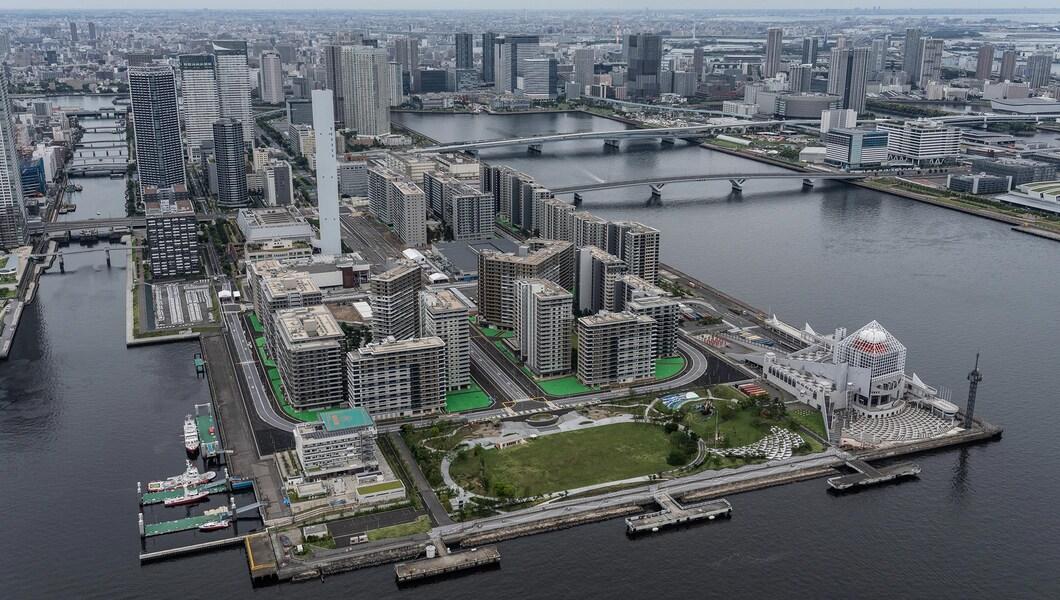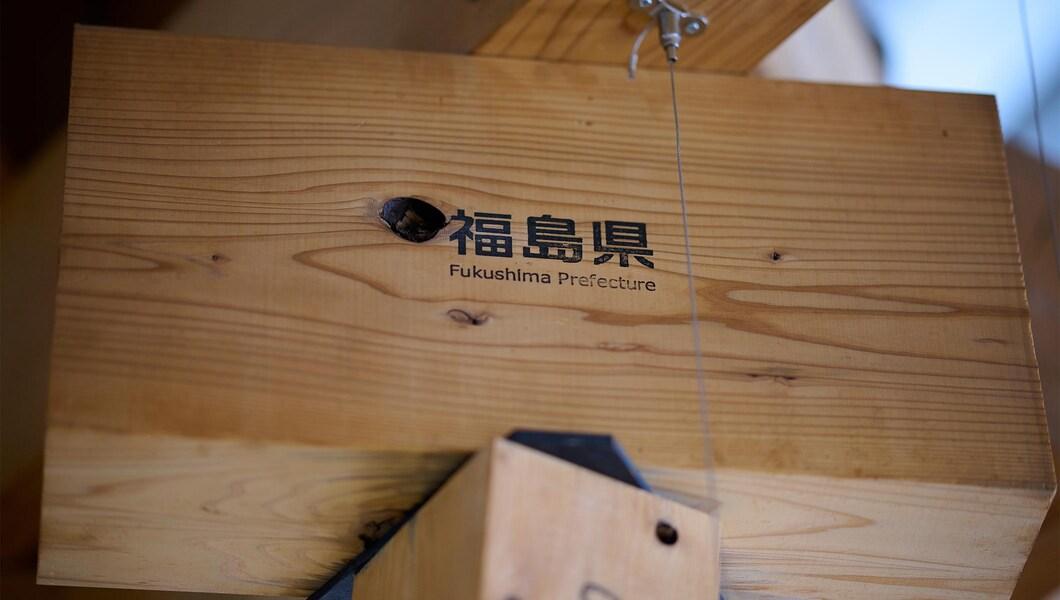Tokyo 2020 Legacy Highlights Social and Environmental Benefits Created by the Games
International Olympic Committee
Increased sports participation, stronger engagement and initiatives to create a more sustainable city have been highlighted as part of a series of legacy case studies published by the Organising Committee for the Olympic Games Tokyo 2020 and the Tokyo Metropolitan Government (TMG).
The 24 case studies, accompanied by multimedia content, are part of the Tokyo 2020 legacy reporting framework, which aims to document the legacy of the Games. The framework is in line with the International Olympic Committee (IOC)’s legacy approach, introduced as part of Olympic Agenda 2020, which aims to ensure that it is the Games that adapt to their hosts and hosts’ needs, and not the other way around.
With Olympic Agenda 2020, we have drastically changed our approach to staging the Olympic Games,” said Tania Braga, Head of Legacy at the IOC. “Our primary objective is to ensure that the Games create long-term benefits that help hosts advance their sustainable development objectives. This has been very well reflected here in Tokyo.”
In 1964, the Metropolitan Expressway and the Tokaido Sanyo Shinkansen were built, as well as infrastructure to help Japan re-build from the post-war destruction. That was the symbol of the Games,” said Akira Tanaka, Senior Director at the TMG. “This time, at Tokyo 2020, we have been introducing initiatives to make qualitative changes to the city of Tokyo. Safety and security, urban development, sport and health – these are the topics for the legacy of these Games.”
Sports participation
One of the key legacy objectives of Tokyo 2020 has been to use the Games as an opportunity to increase sports participation among Tokyo residents. The aim has been to ensure that at least 70 per cent of the city’s adults practise sport at least once a week.
Upgrades to Tokyo sports infrastructure have been made as part of the “Sports City Tokyo” concept, which includes making existing sports facilities barrier-free and more inclusive. Although this ambition has inevitably been affected by the COVID-19 pandemic, some 60.4 per cent of adults in Tokyo were engaging in sporting activity in 2020, compared to 53.9 per cent in 2012.
“Within the global context, in which one in four adults does not meet the global recommended levels of physical activity, this is a considerable achievement. We hope that these efforts will continue after the Games and will be integrated into Tokyo’s post-pandemic recovery plan,” said Braga.
Public engagement
In addition to getting more people to practise sport, the Games were able to actively engage the Japanese public in their preparations, long before the postponement. Some 150,000 initiatives were put in place, showcasing sustainable solutions and helping create a more sustainable society.
The Japanese people were invited to donate their used electronic devices for the creation of the 5,000 Tokyo 2020 medals, and plastic waste for the creation of the Olympic podiums. Elementary school students selected the Tokyo 2020 mascots, and prizes were introduced for elementary schools with innovative teaching materials about the Olympic and Paralympic Games.
Creating a safe, inclusive and “smart” city
The Games have also contributed to making Tokyo a safer, more inclusive and smarter city.
Out of the 43 competition venues used for the Olympic and Paralympic Games, only eight were built from scratch. Their construction has taken into account social and environmental considerations. All of them have an operator and a legacy plan in place to ensure long-term use after the Games.
The Olympic Village showcases a sustainable approach to urban development which also incorporates social and environmental aspects, including the introduction of a power system that produces hydrogen-generated electricity. After the Games, the Village will become Japan’s first hydrogen-powered town and a barrier-free complex with residential dwellings and sites for international exchanges, multi-generational activities in education, culture and sport, and private-public collaboration. The Games created an opportunity to regenerate the Tokyo waterfront, with improved transport and access to the bay area.
The Games are also promoting next-generation mobility with high environmental performance, leveraging hydrogen, fuel-cell vehicles (FCVs) and fuel-cell technologies. In addition to around 500 hydrogen cars which formed part of the Olympic fleet, approximately 100 hydrogen buses were provided by Worldwide Olympic Partner Toyota ahead of the Games, as part of Tokyo’s public transport system.
To find out more about the Tokyo 2020 legacy and to access the Tokyo 2020 legacy case studies, please go here.

